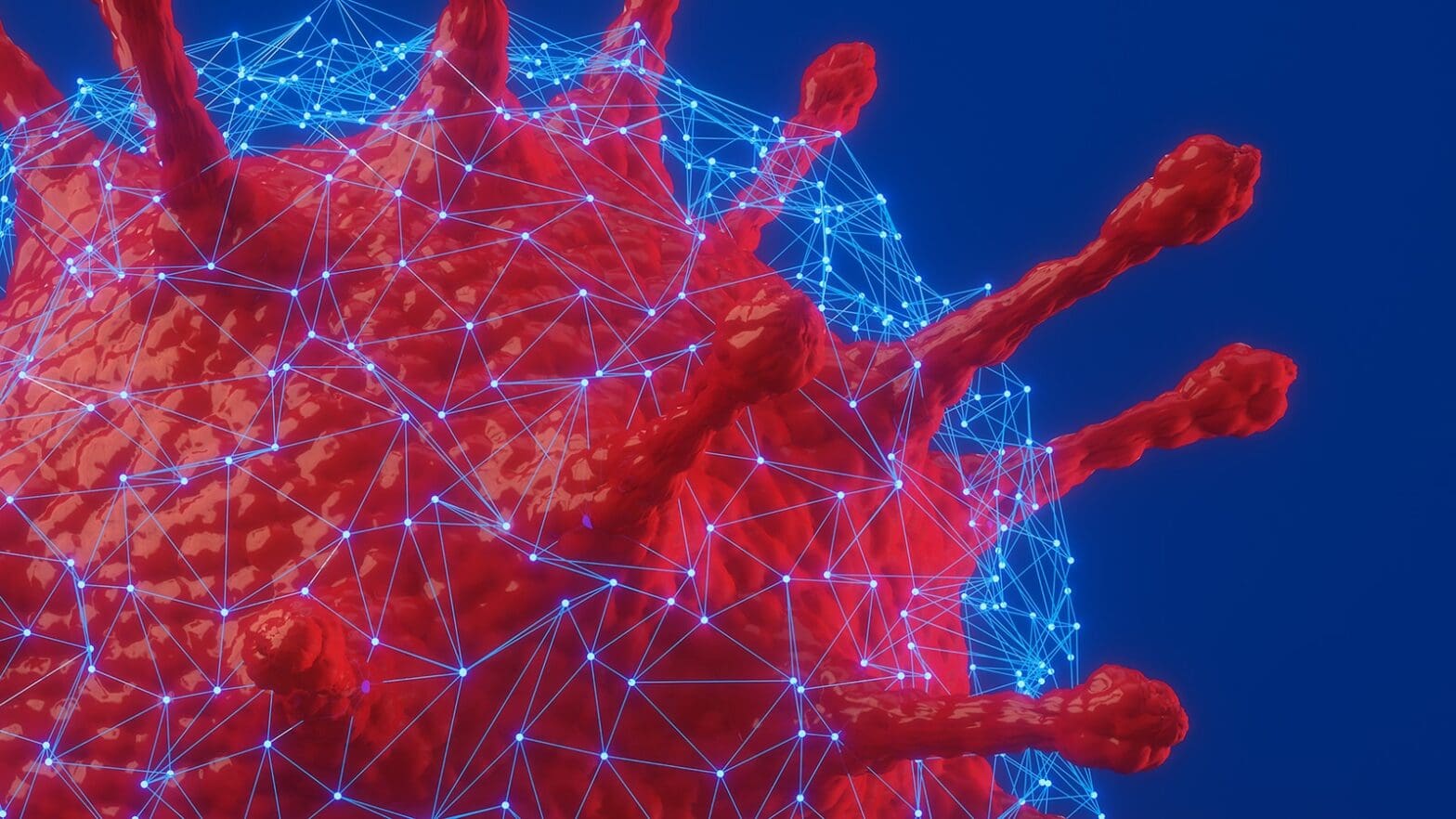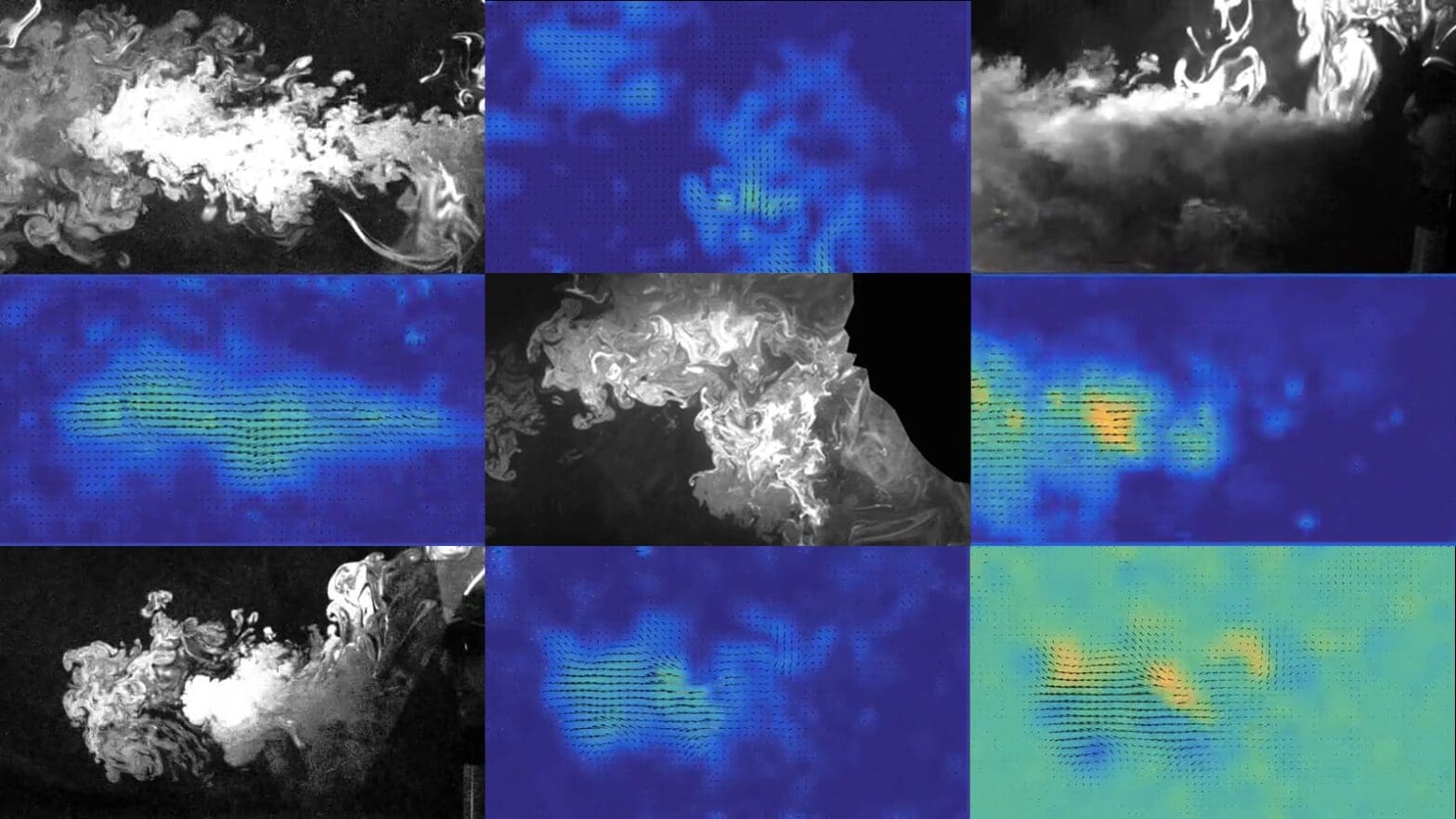Related News
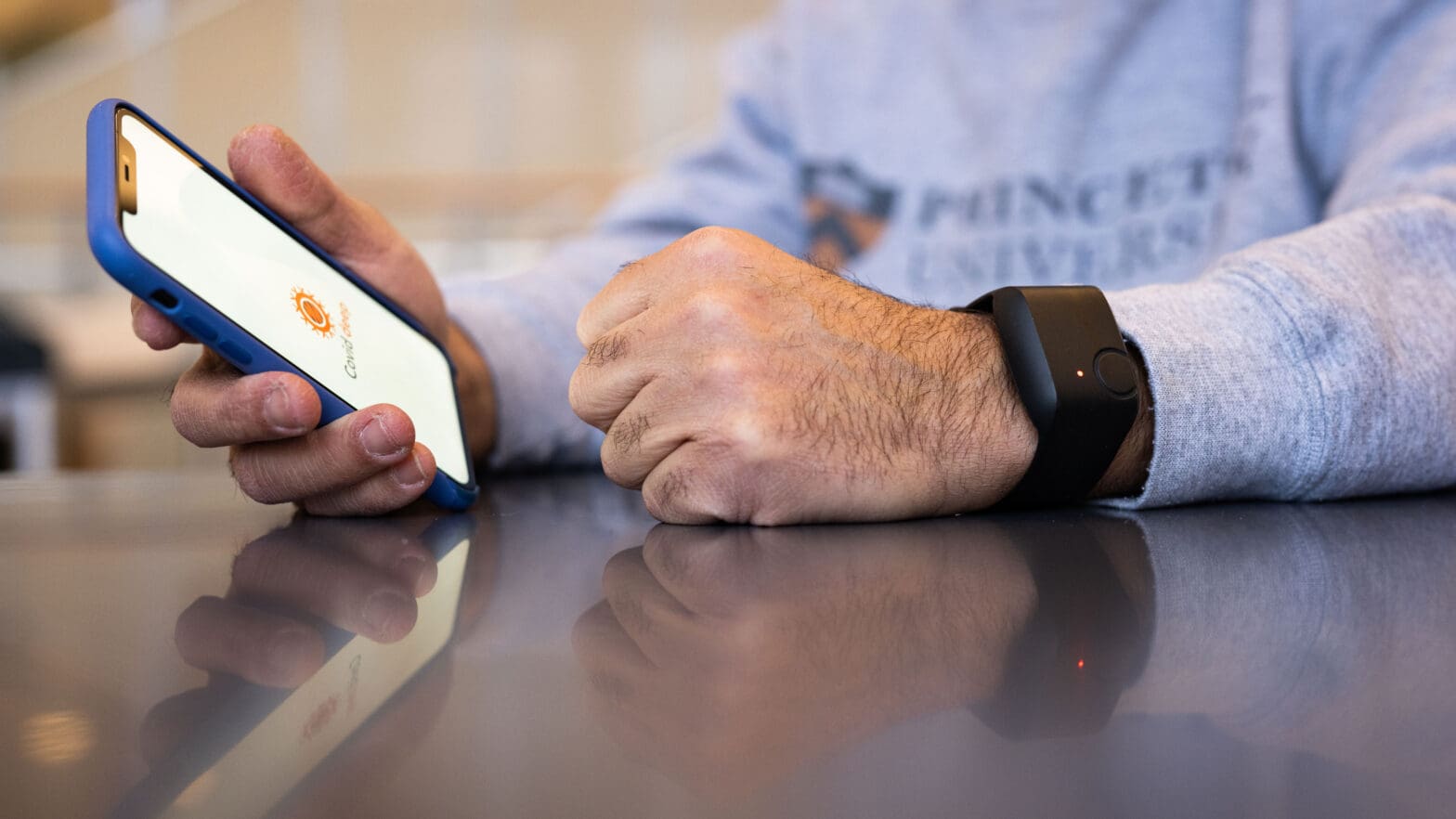
Deep-learning diagnoses: Edge AI detects COVID-19 from smartwatch sensors
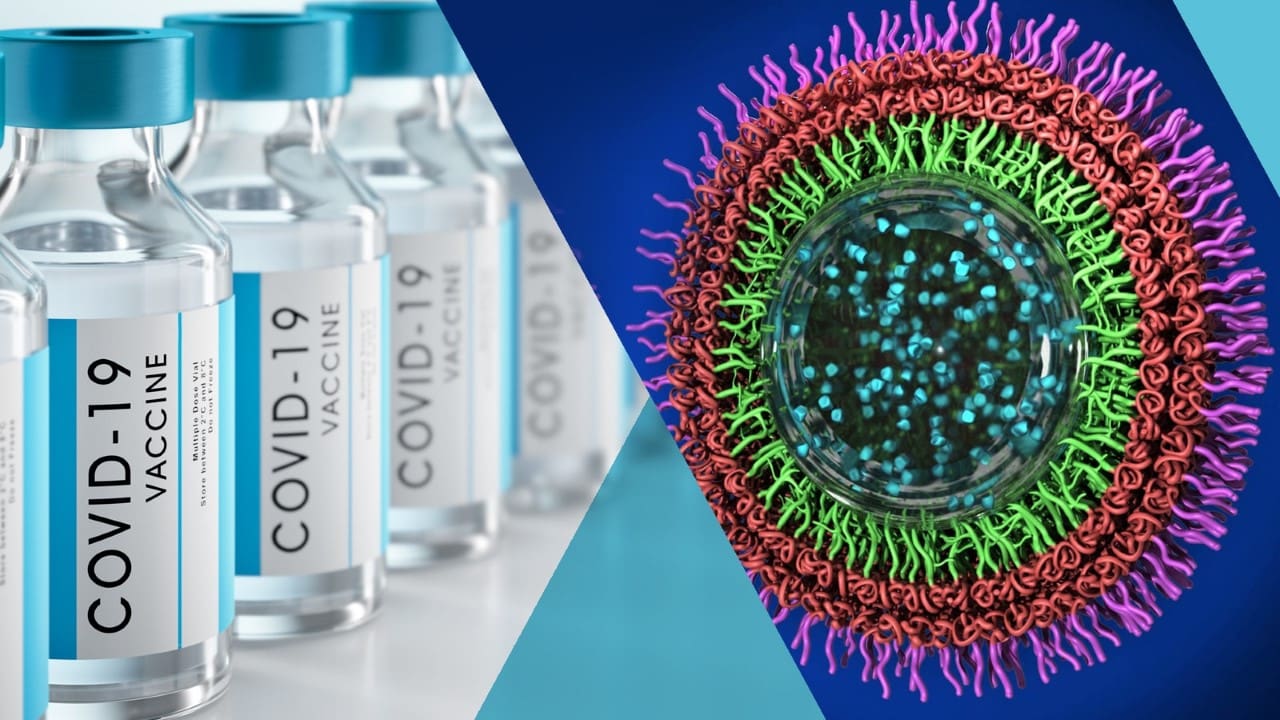
Princeton technology could improve COVID-19 vaccines
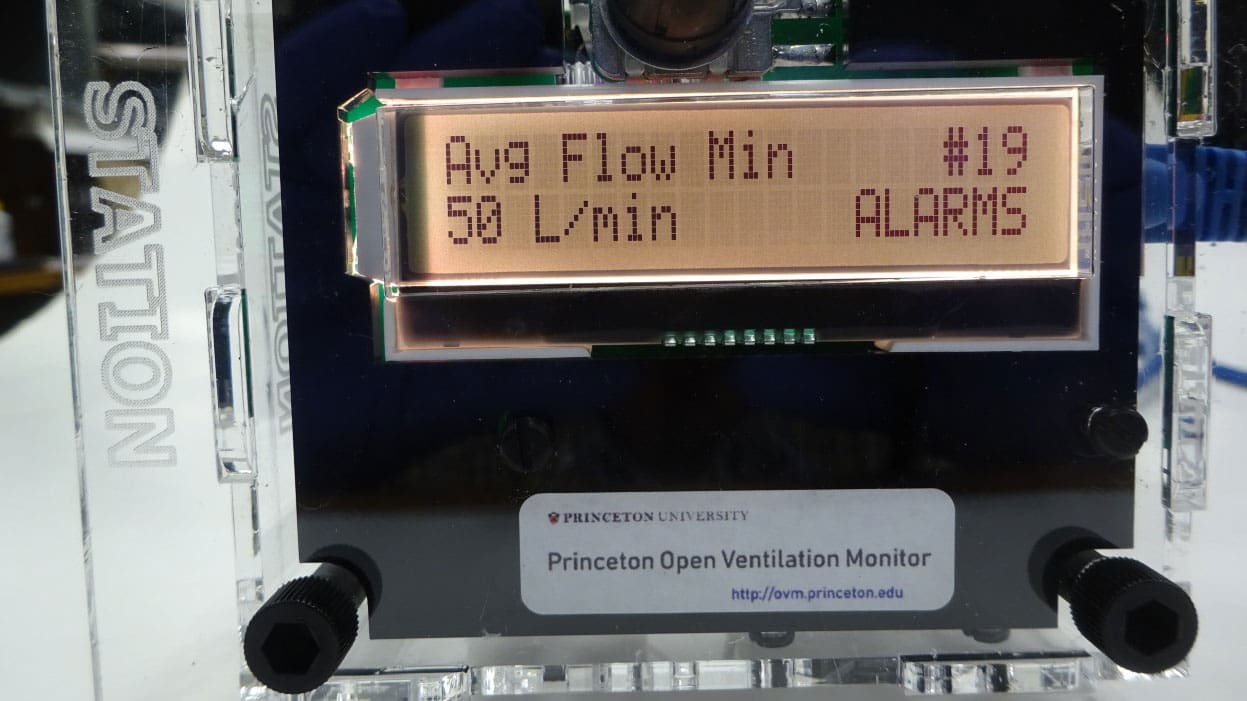
‘In times of great need,’ collaboration yields breathing system to assist COVID-19 patients
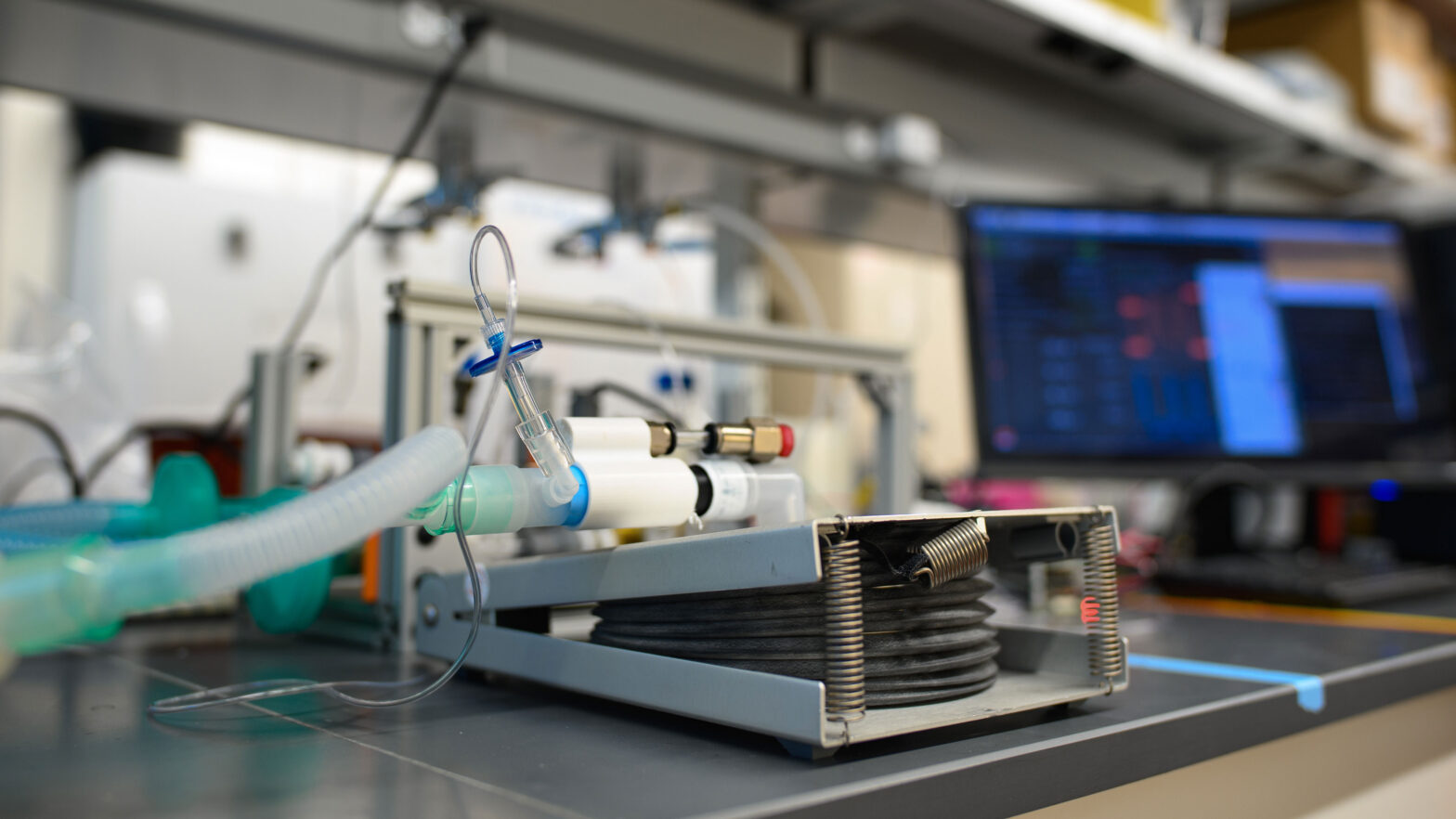
Engineering and artificial intelligence combine to safeguard patients’ lives
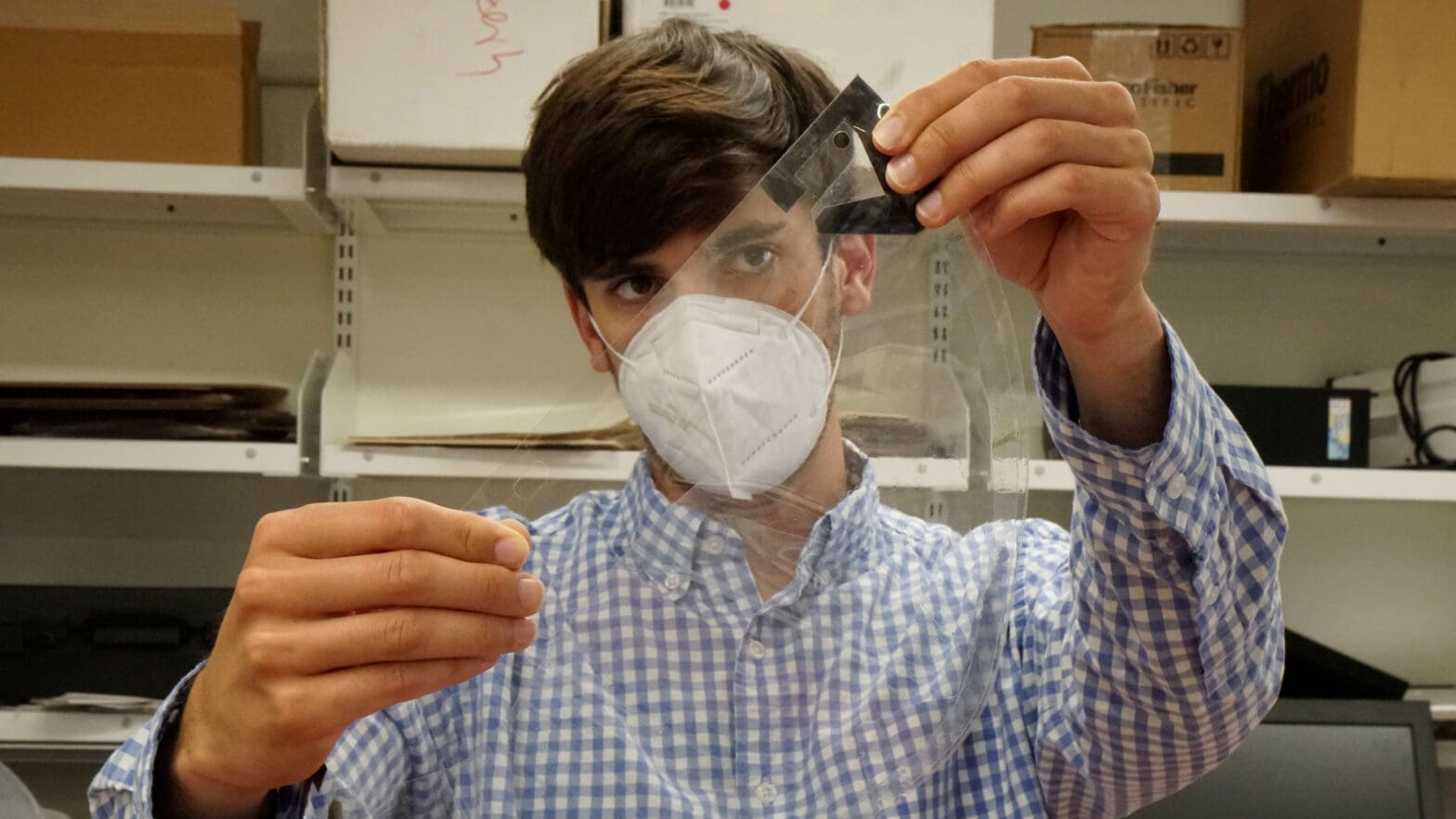
In pandemic, Princeton graduate students and faculty raced to create innovative protections for hospital staff
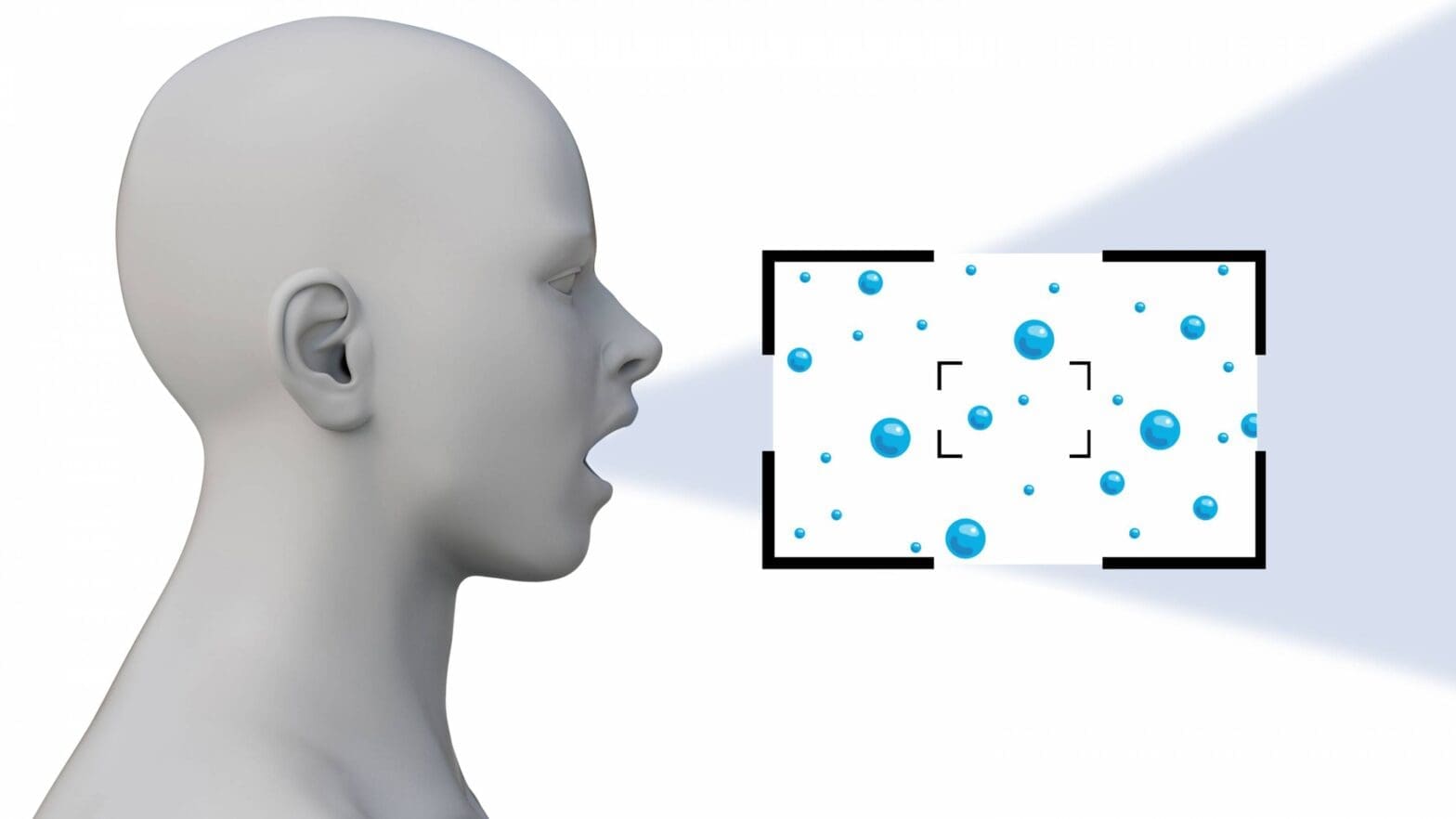
Speaking creates droplets linked to disease transmission
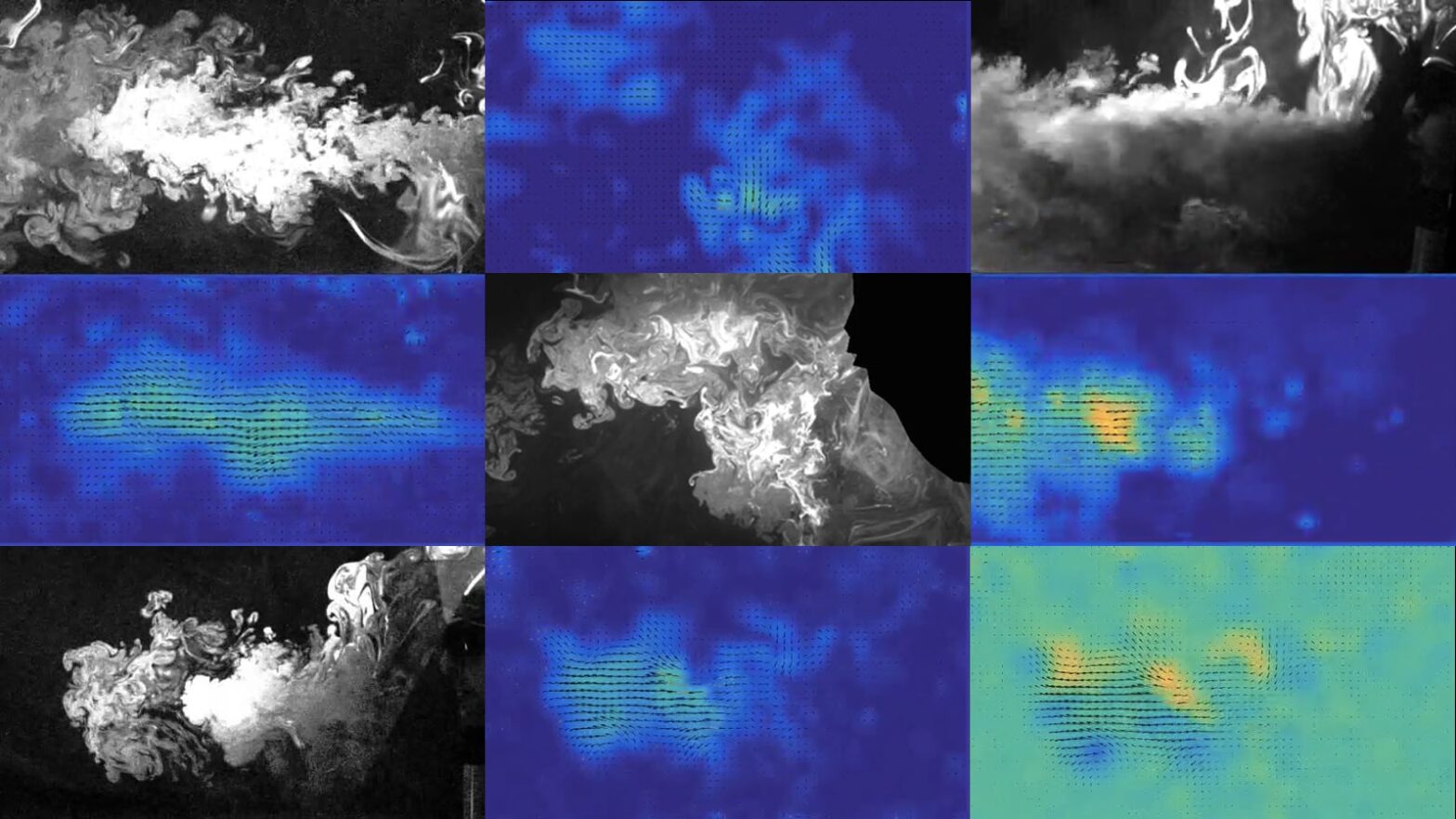
Conversation quickly spreads droplets inside buildings

The multiple benefits of a world without air conditioning

Princeton Online Tutoring Network helps bridge educational gaps for K-12 students
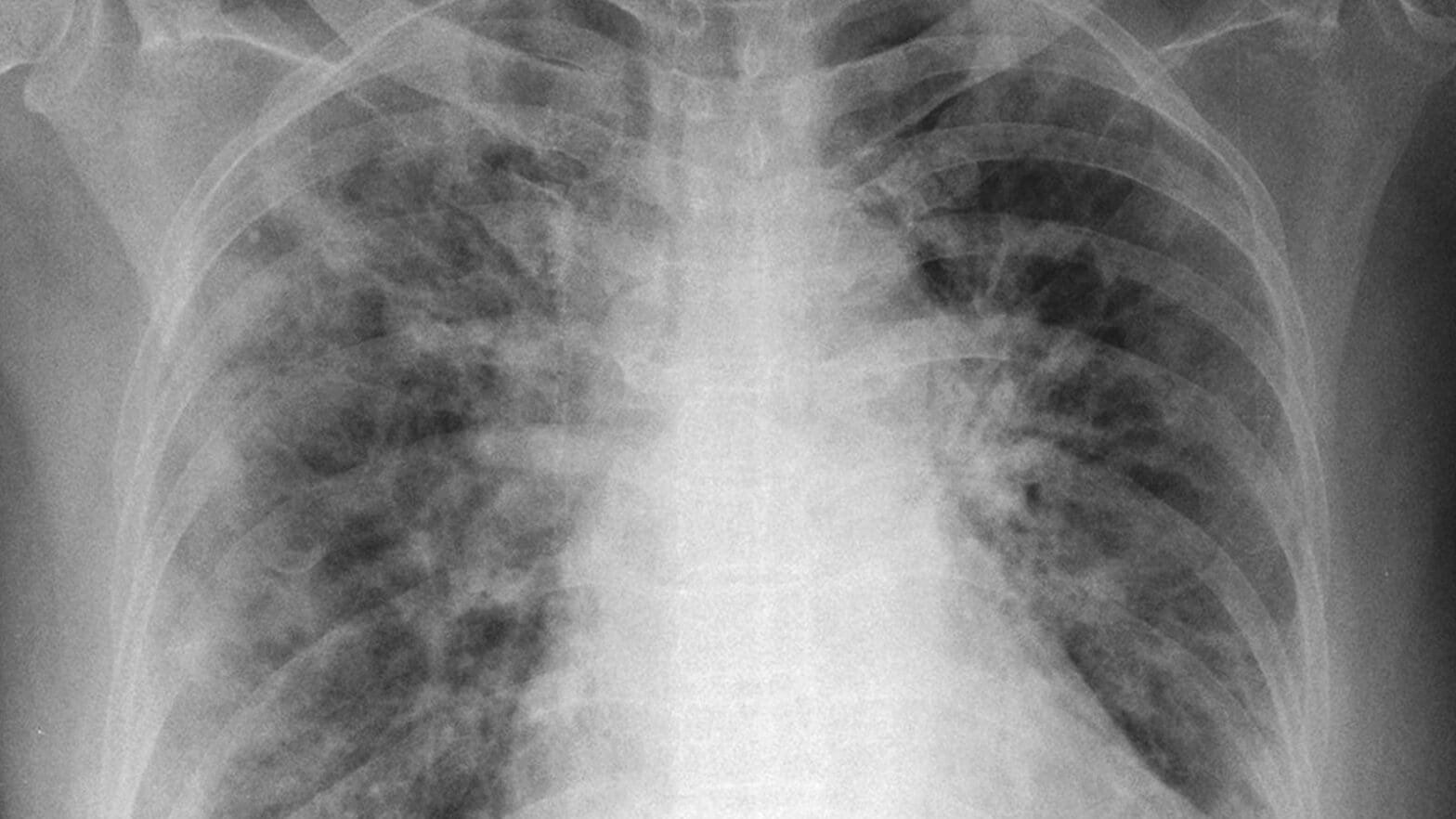
AI tool gives doctors a new look at the lungs in treating COVID-19
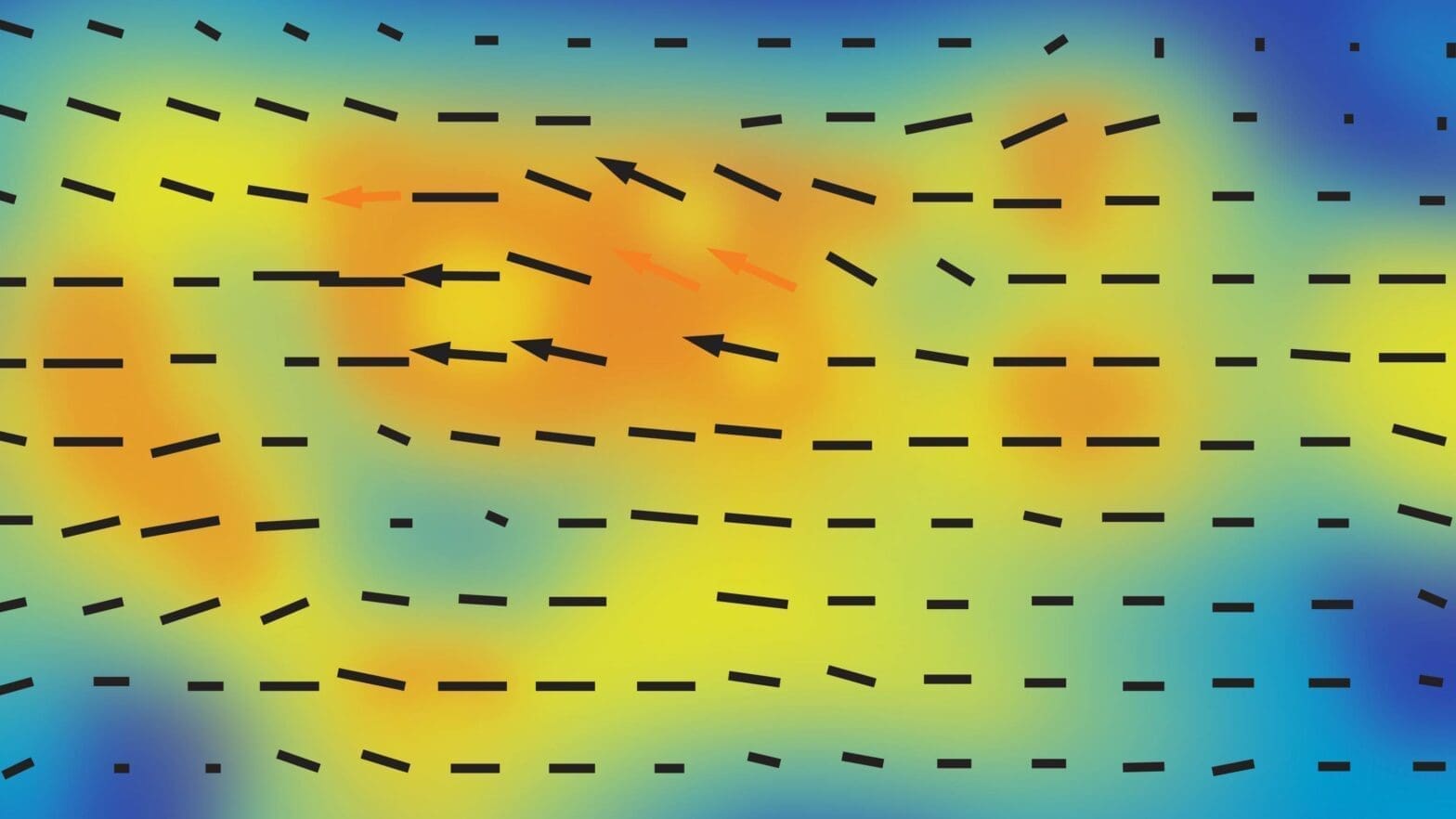
NSF RAPID grant backs study on talking and COVID transmission

NSF RAPID grant backs Princeton research to track and contain pandemic
